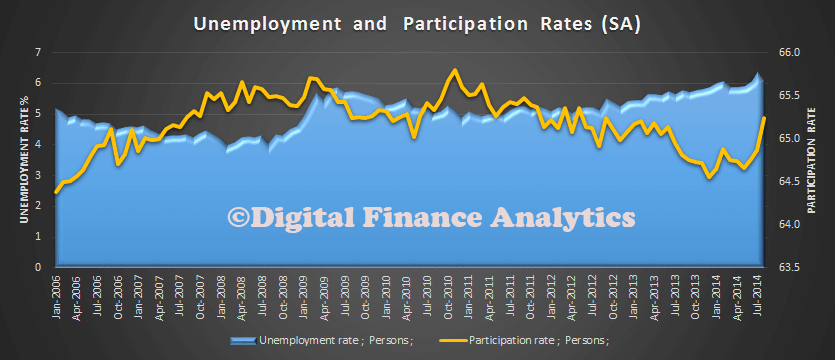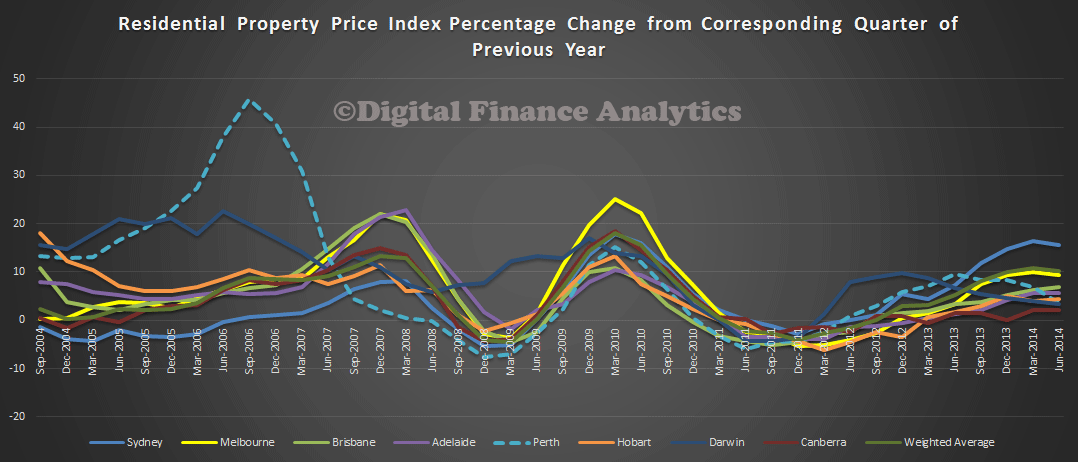Luci Ellis, Head of Financial Stability Department spoke to the Australian Housing and Urban Research Institute (AHURI) Panel Roundtable. You can hear her remarks, and a transcript is promised later. My notes follow.
- Cross country comparisons on housing markets are important, but sometimes comparisons need to be used with care, e.g. specific issues like overbuilding in USA and Ireland had significant impacts. There are differences which need to be understood. Canada is a better comparator for Australia, with a similar geographic footprint but they do have some differences such as fixed rate mortgages, and the government takes tail risk as mortgage insurer.
- There is much more data post GFC on housing related issues, BIS, IMF, etc. proved richer data. The latest data has changed the perspectives, but many conversations have not caught up yet. For example, housing prices corrected for inflation, shows Australia is not one of the “boomier” countries and prices have not materially grown faster than household incomes. There is evidence of risk in the system as shown by the house prices fall (in Sydney and nationally) if you look back over the past 15 years. Overall housing prices have tracked income.
- Financial liberation has been one of the drivers to lift house prices relative to income, alongside credit constraints and high inflation. Inflation is lower now, though credit constraints still exist, for example, ratio of serviceability, is an important indicator. As inflation falls, loan to income ratios can be higher.
- This change in the loan size does has important macroeconomic implications. But mortgage repayments are lower now, thanks to low interest rates. Household savings ratio turned up 2005, before the crisis.
- Housing crashes do not improve affordability. Need to focus on where real unaffordability lives, e.g. renters who cannot afford to buy.
- There are risks attached to overbuilding as seen overseas. Supply in Australia is increasing and it is needed, and intended as part of handover from mining investment boom. Building approvals are around 200,000 a year – bit higher than in the past thanks to more high density properties and strong population growth. But we need to understand the composition of the population growth. For example look at migration by visa type – student numbers picked up in the last two years. Students want to live in apartments in inner areas near universities. That’s where lots of the new building is in for example Sydney. There is a premium to be closer in, and it has increased in recent times.
- There are implications for policy makers from local planning issues. Dublin example, building needs to be in the right areas. We do not build new towns in Australia, maybe we should have a long term plan for new Cities.
- There is little speculative building in Australia (compared with other countries). Instead demand is from small investors, and future demand is more linked to expected house price growth.
- Getting the right balance between supply of property and finance is important.
Some observations. First, average income and house prices mask the differences, many household segments in our analysis are worst today. Second, household savings ratios are being buttressed by inflated housing, and appear to be falling and they so vary by segment. Third, we see incomes in real terms falling, so what does that say for future house prices growth? We feel that RBA’s story is therefore over optimistic, despite some interesting points. What if interest rates do rise?



